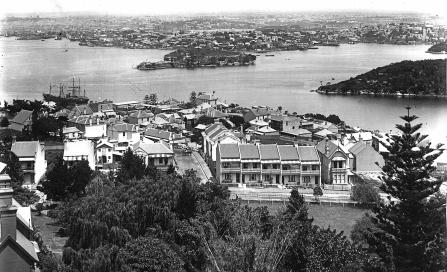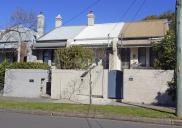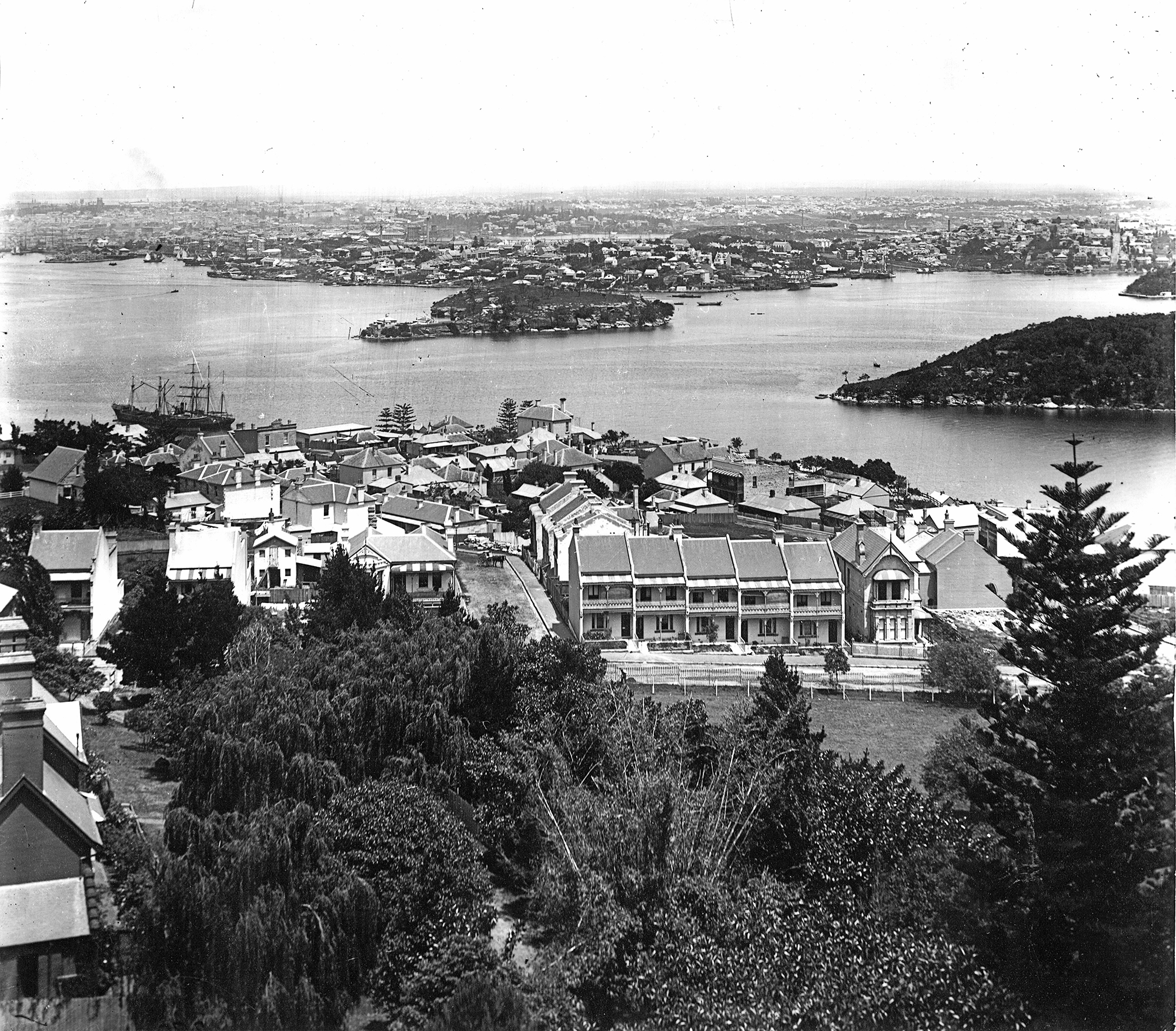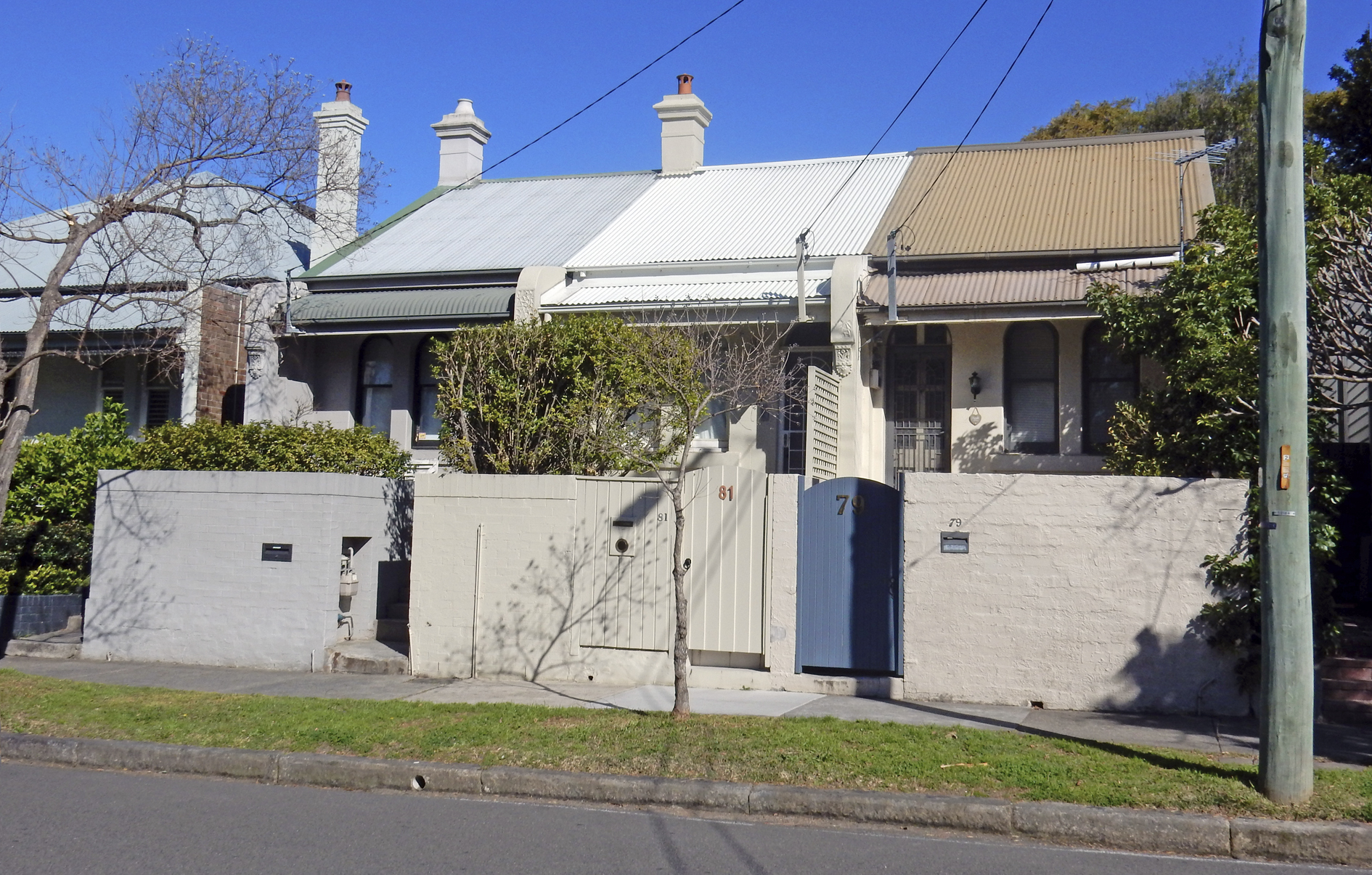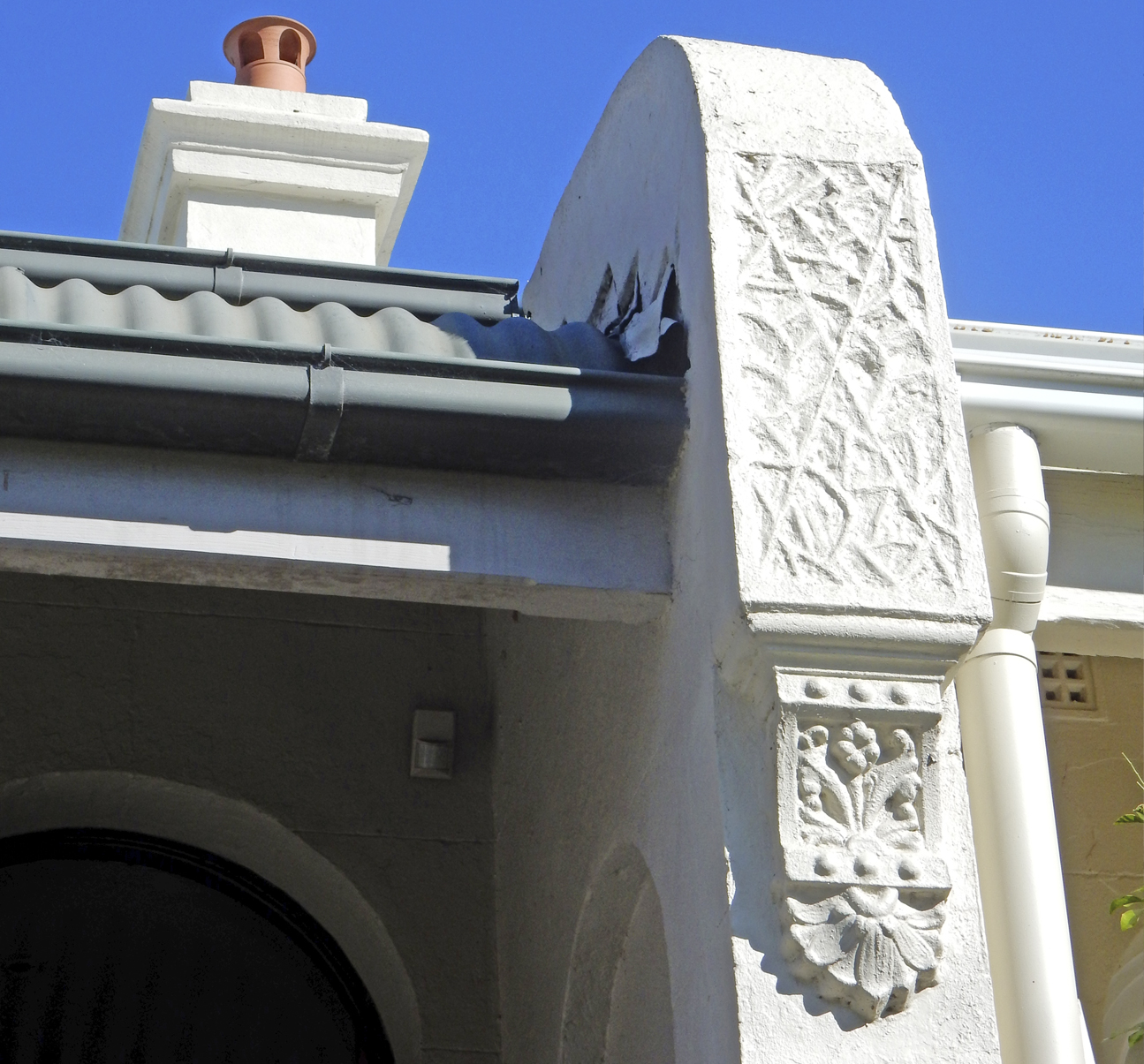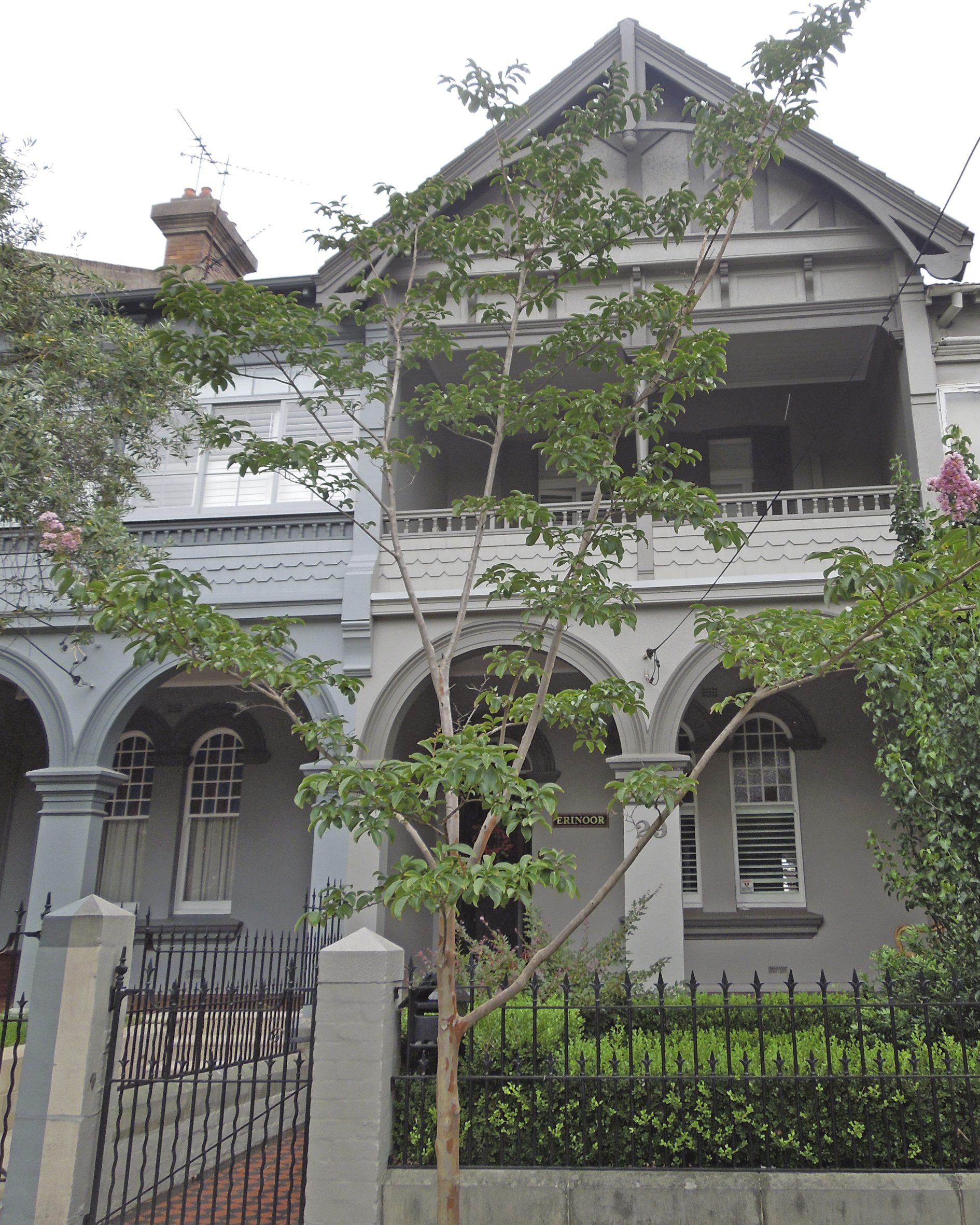|
Terrace housesThe terrace house is a dwelling that is joined to at least two other houses, usually of identical design, to form a row.The basic idea of joined houses extends back to ancient times. However, 19th century Australian examples drew upon more recent British types; from the splendid lines and crescents of townhouses in Georgian England - the city of Bath has good examples – to the grim rows of working houses in the industrial towns of the Midlands. Sydney terrace houses accordingly vary immensely in size and opulence, from rows of small single storey workers’ cottages to dwellings of three storeys with wide frontages fitted with elaborate plaster and timberwork. However, the basic idea that unites all terraces is the efficient use of space, time and materials. While the grander homes may have had gardens at front and back they were not, by definition, surrounded by space. The repetition of design assisted construction and ordering of materials. Shared walls cut-down the cost of brick or stone. And because they were usually laid out to a standard form, terrace housing was often erected by the speculator builder operating without the need of an architect. North Sydney never had the streetscapes dominated by rows of terrace housing that still characterise suburbs such as Paddington, Surry Hills and Camperdown. However, there were many terraces built here between the 1870s and the 1910s. Most were constructed close to waterfront work and/or transport. So Kirribilli, Milsons Point and Blues Point came to accommodate terraces as did Miller and West Street further north near the first tram terminal. These dwellings embodied a range of architectural styles from the Victorian Filigree style of the 1880s, with its characteristic decorative iron lace balconies, to English Revival and classically-inspired designs in the early 1900s. After this the terrace gave way, sometimes literally, to flats. In the 1960s modern ‘townhouses’ reiterated the idea of shared walls and design and, in the 1980s and 1990s, ‘postmodern’ design thinking led to a stylised copying of the Victorian terrace form. All these forms can still be seen in the lower part of Walker Street, which survived the construction of the Sydney Harbour Bridge in the 1920s and 1930s and the development of the Central Business District in the 1960s and 1970s.
|
|

